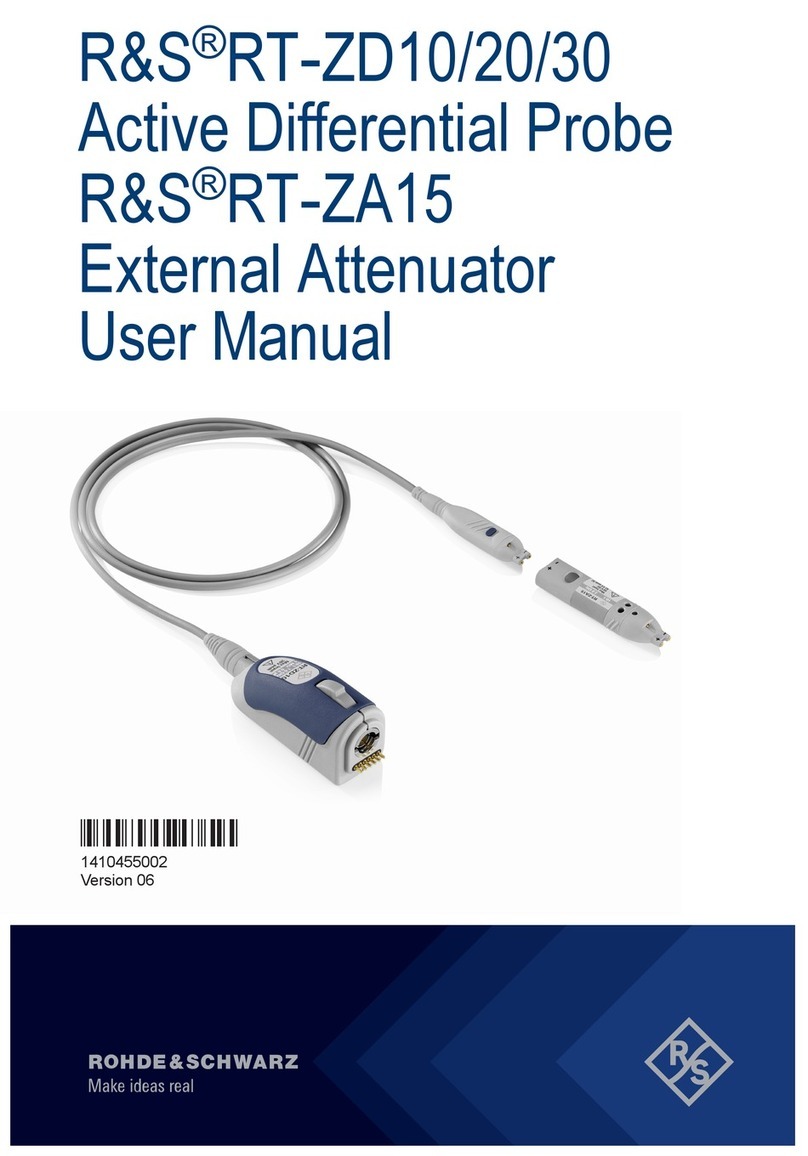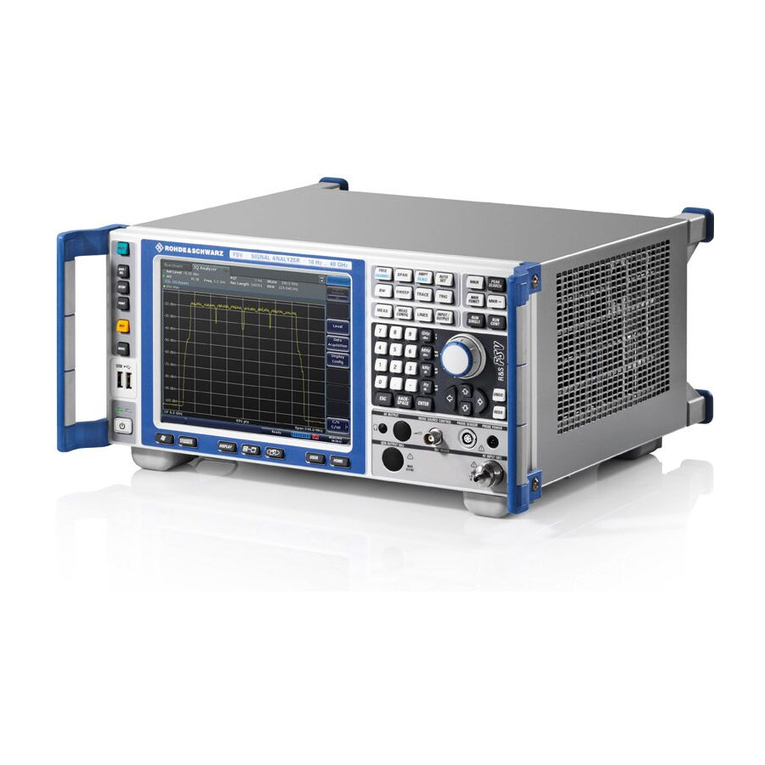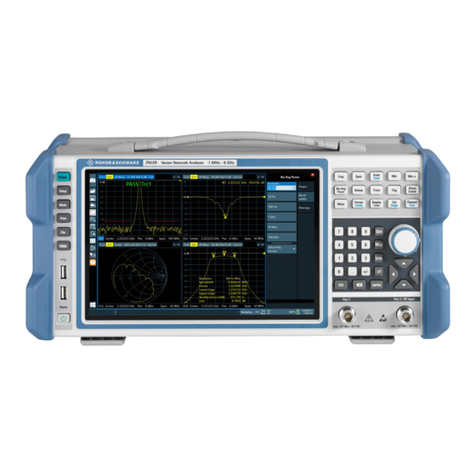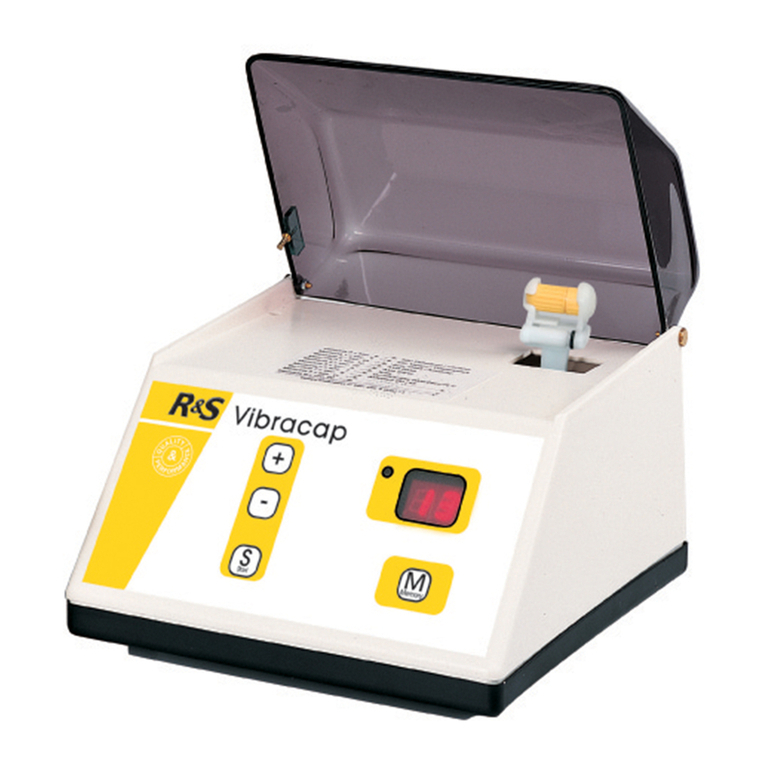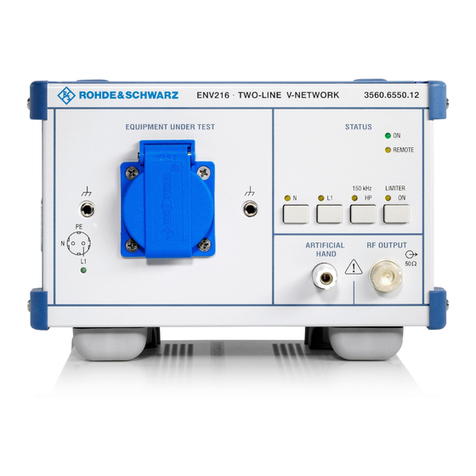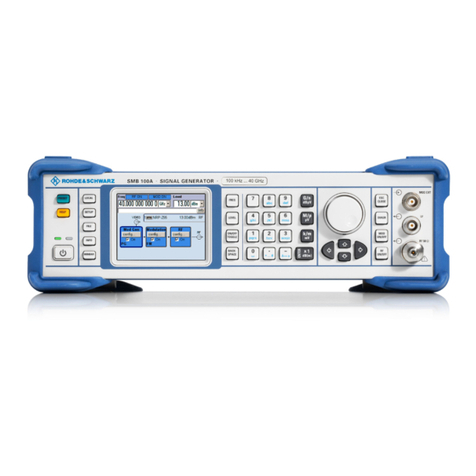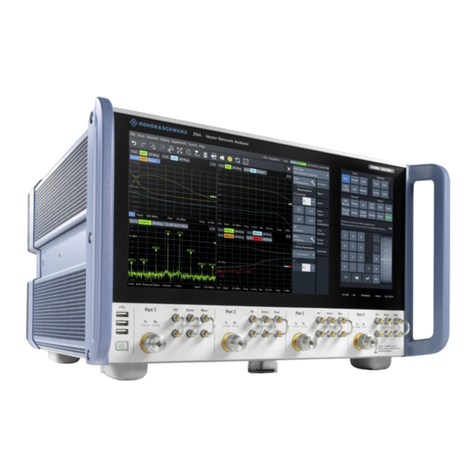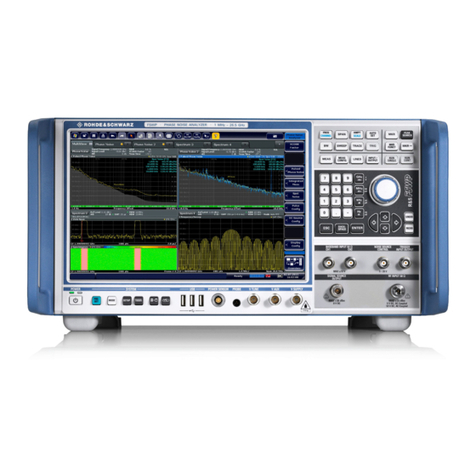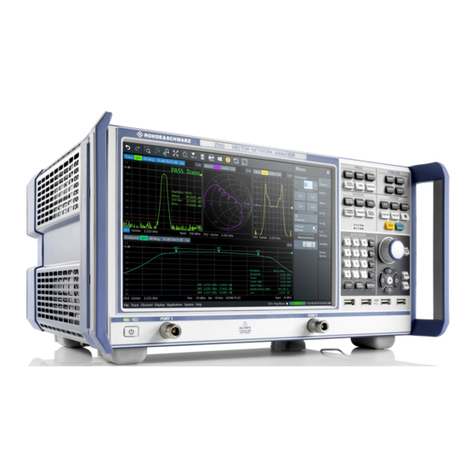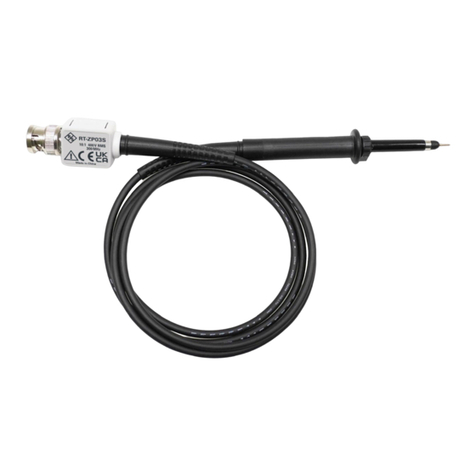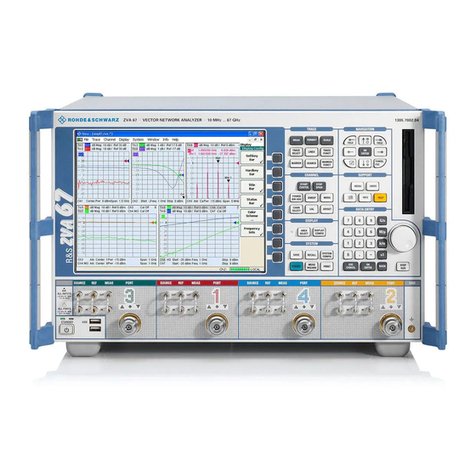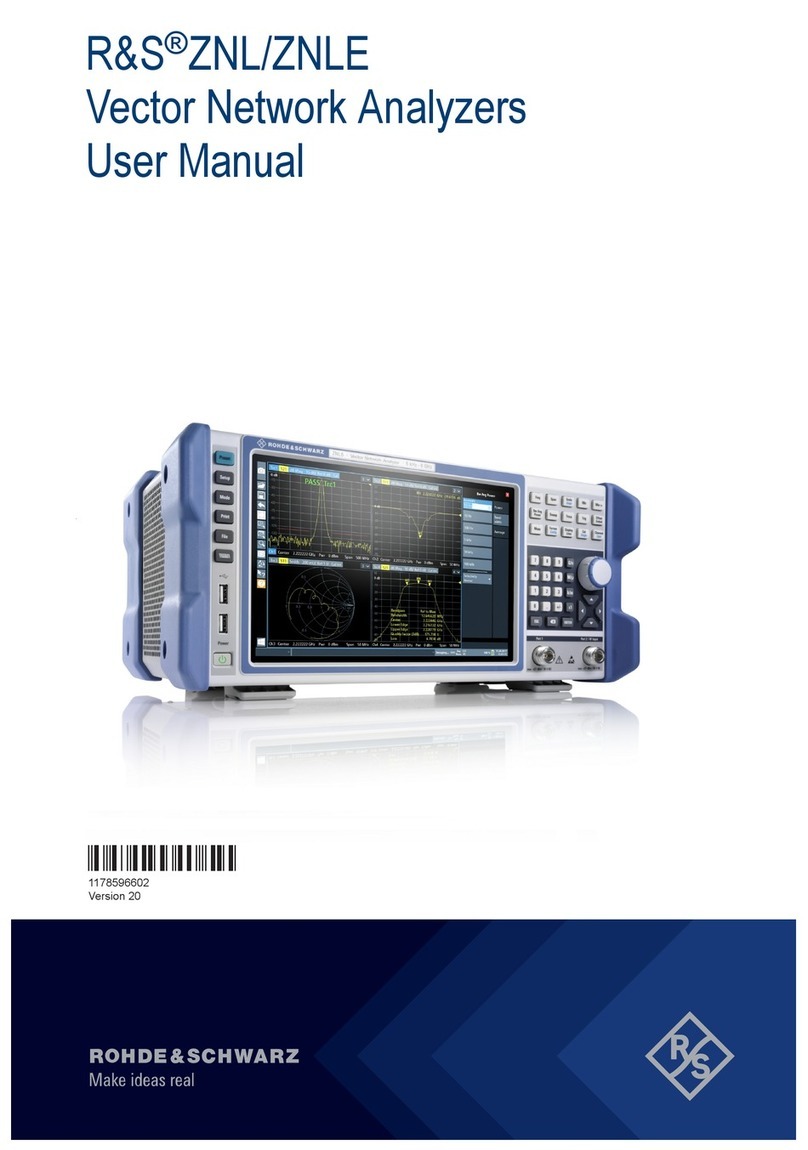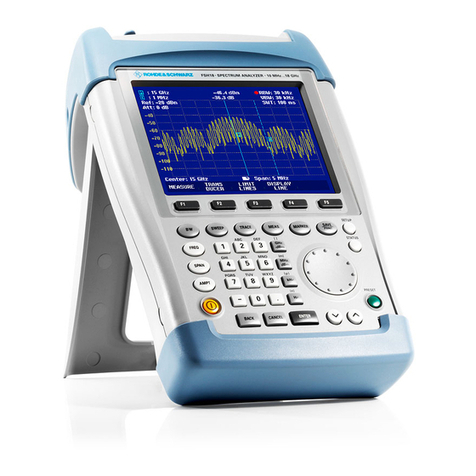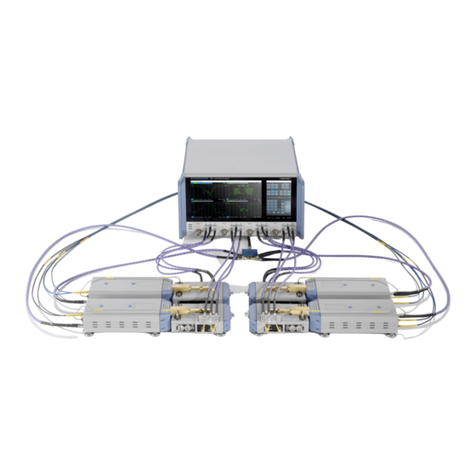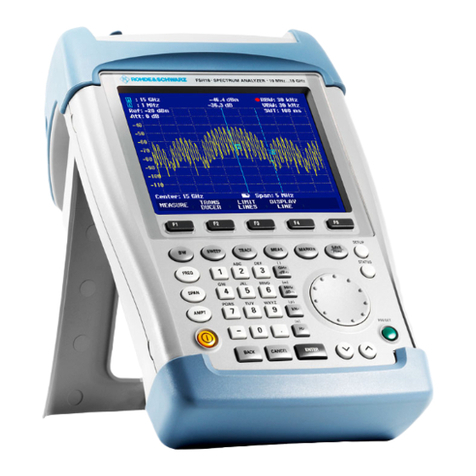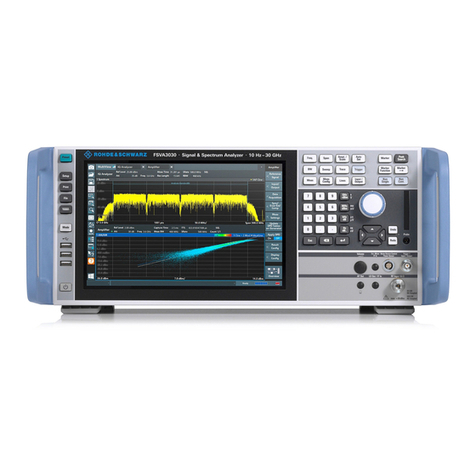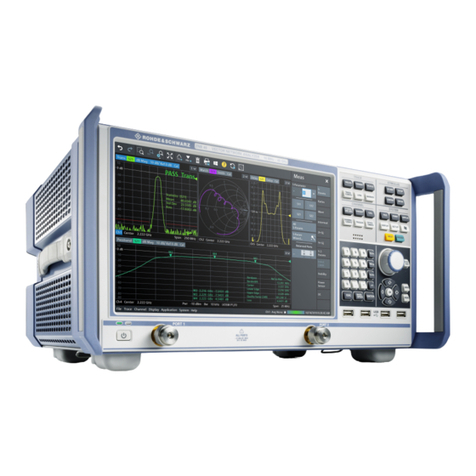
Contents
R&S® FSV-K8
3Operating Manual 1176.7610.02 ─ 02
Contents
1Preface.................................................................................................... 5
1.1 Documentation Overview............................................................................................. 5
1.2 Conventions Used in the Documentation...................................................................7
1.3 How to Use the Help System........................................................................................8
1.4 Notes for Users of R&S FSV 1307.9002Kxx Models.................................................. 9
2Introduction to Bluetooth Measurements (K8)..................................10
2.1 Bluetooth Overview.................................................................................................... 10
2.2 Supported Tests..........................................................................................................12
2.3 Overview of Transmitter Tests...................................................................................13
2.4 Functional Description – Block Diagram.................................................................. 14
2.5 Bandwidths..................................................................................................................15
2.6 Measurement Filter (Meas Filter On)......................................................................... 16
2.7 Oversampling ............................................................................................................. 16
2.8 Determining Average or Max/Min Values..................................................................18
2.9 Trigger Concepts ....................................................................................................... 19
3Instrument Functions for Bluetooth Measurements (K8).................20
3.1 Measurement Types and Result Display.................................................................. 22
3.2 Adapting the settings to the characteristics of the DUT......................................... 33
3.3 Softkeys of the Bluetooth Menu................................................................................ 34
3.4 Softkeys of the MEAS CONFIG menu....................................................................... 49
3.5 Softkeys of the Amplitude Menu (Bluetooth Mode).................................................49
3.6 Softkeys of the Bandwidth Menu (option R&S FSV-K8)..........................................53
3.7 Softkeys of the Frequency Menu (option R&S FSV-K8).......................................... 55
3.8 Softkeys of the Sweep Menu (Bluetooth mode).......................................................56
3.9 Softkeys of the Trigger Menu (Option R&S FSV-K8)............................................... 60
3.10 Further Information.....................................................................................................64
4Remote Commands for Bluetooth Measurements (K8)....................67
4.1 CALCulate subsystem................................................................................................ 67
4.2 CONFigure:BTOoth Subsystem (BLUETOOTH, K8)................................................ 91
4.3 DISPlay Subsystem (BLUETOOTH, K8).................................................................. 105












